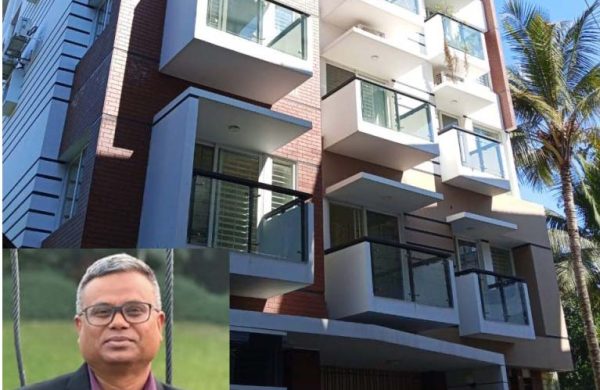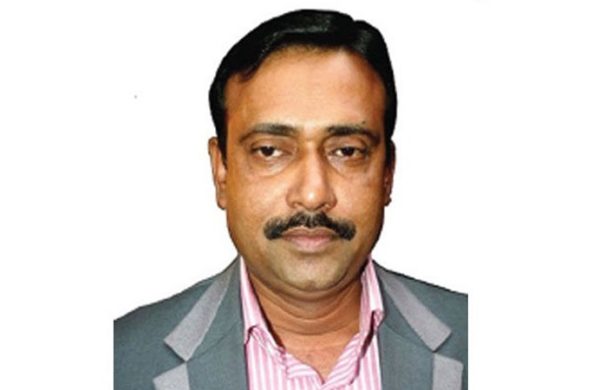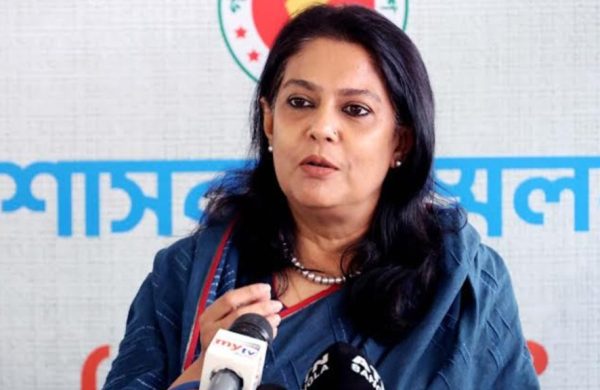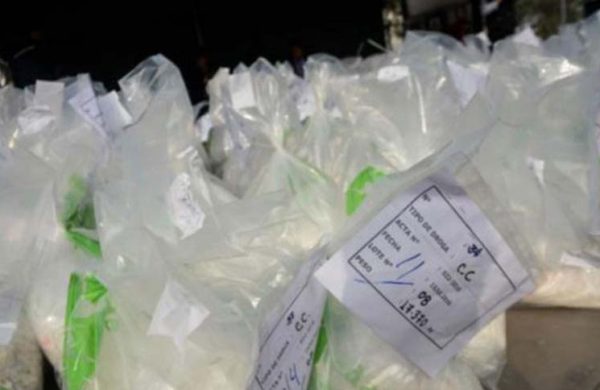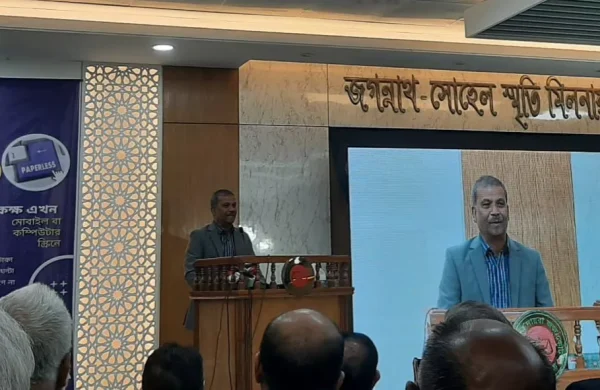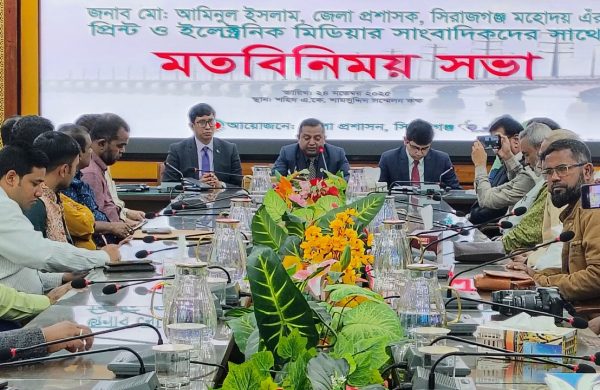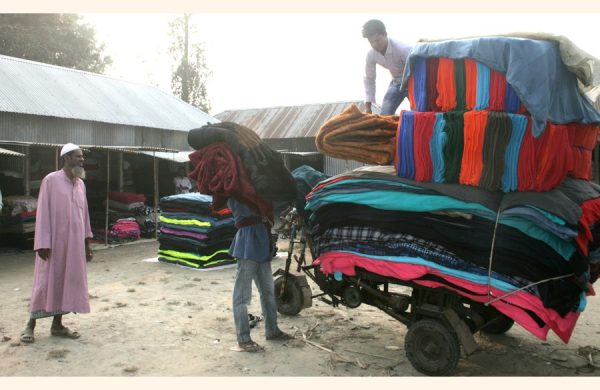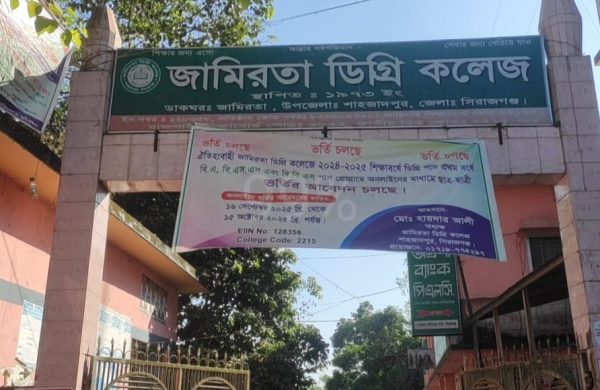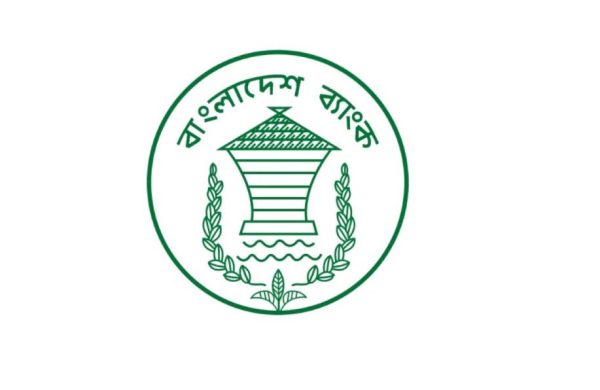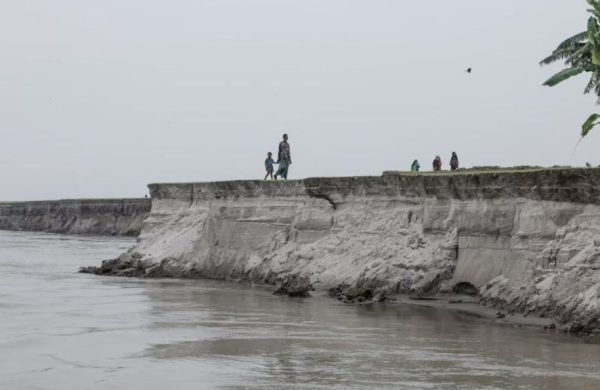Justice eludes victims of rape, sexual violence across country
- Update Time : Saturday, July 19, 2025
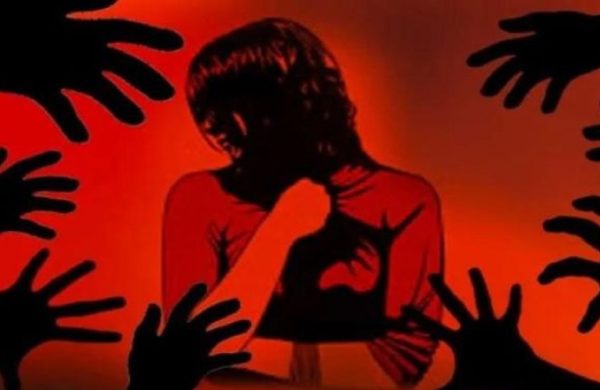
TDS Desk:
Recent crime data says that at least one woman is raped every nine hours in Bangladesh. These are not just statistics – each number represents a real person enduring unimaginable horrors, and many never see justice
On 6 July, police recovered the lifeless body of nine-year-old Maimuna Akhter from the roof of a mosque in Brahmanbaria’s Sarail upazila. A scarf was found wrapped around her neck. Preliminary investigations suggest that she was raped and then murdered. The rapist remains unidentified and a threat to children.
On 26 June, a 27-year-old Hindu woman, who is the wife of an expatriate, was raped by a neighbour while visiting her father’s house in Muradnagar with her children. The sex offenders broke into the house at night and raped the victim. The perpetrators were: Fazor Ali, 36, Md Suman, 22, Md Ramzan, 23, Md Arif, 24, and Md Onik, 22.
On 5 May, a woman named Chingma went to the paddy field. When she did not return after midday, her family members and villagers went out to look for her. Her body was found at 3:30pm in a ditch near the under-construction Thanchi-Likri border road in Bandarban, adjacent to the jhum lands of another individual. The murderer? Not found.
These incidents are not just alarming but put women under constant fear and questions: Where are they safe exactly?
Recent crime data says that at least one woman is raped every nine hours in Bangladesh. These are not just statistics – each number represents a real person enduring unimaginable horrors, and many never see justice.
Not on the streets, not in schools or workplaces, and not even in their own homes. Every time you scroll through your social media, a new case emerges, and the incidents are only increasing.
It reflects a culture where violence against women is increasingly treated as a spectacle, where perpetrators, regardless of age, prey on defenceless victims, often leaving them scarred or even murdered to conceal their crimes.
Despite legal protections, violence against women is escalating.
According to police crime data, 2,089 cases of violence against women and children were reported in April 2025 alone, the highest monthly figure in nearly three years. From January to April this year, 7,013 such cases were recorded, up from 5,795 in the final four months of 2024.
What’s reported is only the surface. Experts widely agree that most incidents go unreported due to fear of retaliation, victim-blaming, insecurity, and systemic apathy.
Ishrat Binte Rouf, a policy and development specialist committed to gender justice and currently serving as programme lead at GenLab, shared her insights on the rising sexual violence in Bangladesh.
“We’re seeing a disturbing rise in rape and sexual violence, and it’s important to recognise that it’s not only cisgender women who are victims. Children (both girls and boys), grown-up cisgender men, transgender women and men, non-binary, genderqueer, intersex, agender, and other gender-diverse people are also subjected to these crimes,” she shared.
Badabon Sangho, a women’s rights organisation, is working with migrant women in Dhaka and Keraniganj to develop a reliable and secure violence reporting tool.
Fariha Jesmin, programme manager, shared that the tool would be beneficial for vulnerable and survivor women and girls in informal settlements.
In Bangladesh, male victims of sexual assault can only file cases under Section 377, which criminalises carnal intercourse against the order of nature, encompassing sodomy.
Under Section 375 of the Penal Code, rape is only recognised when the victim is a woman, and the crime is punishable when committed by a man against a woman.
While male children under 16 can seek justice under the Women and Children Repression Prevention Act 2000, male rape is still not legally acknowledged.
“But what’s striking is that the perpetrators are men. And that fact alone tells us something deeper: this violence isn’t only about sexual desire – it’s about power,” she continued.
At its core, rape is a crime of power and control. The victims often share one thing in common: they are, in some way, physically, socially, or economically weaker or more vulnerable than the perpetrator.
It’s this power distance that fuels the violence. The predator feels entitled to violate someone who can’t fight back, or whose voice won’t be heard.
“Tackling sexual violence requires multi-sectoral and multi-layered interventions, from education and cultural change to justice and collective social responsibility,” she added.
Ishrat believes what we need, first and foremost, is prevention – and that starts with education. Our schooling system must actively include gender sensitisation from childhood, teaching boys and girls to see women as equal partners, to challenge harmful stereotypes, and to understand respect and consent as basic values. This early foundation is crucial if we truly want to reduce sexual violence in the long term.
Many agree that stricter punishments and proper enforcement of rape laws are crucial. Justice must be swift, certain, and survivor-centred to show zero tolerance for sexual violence.
However, punishment alone isn’t enough; lasting change requires addressing the root causes – mindsets, power imbalances, and cultural attitudes – through prevention alongside justice.
If society comes forward to challenge everyday sexism, victim blaming, and the cultural acceptance of violence that allows perpetrators to feel emboldened.
It’s about questioning and changing the unequal power structures and attitudes that make this violence possible in the first place, starting from proper education, to how society responds when violence happens. Prevention must be a priority, backed by justice and collective social responsibility.


